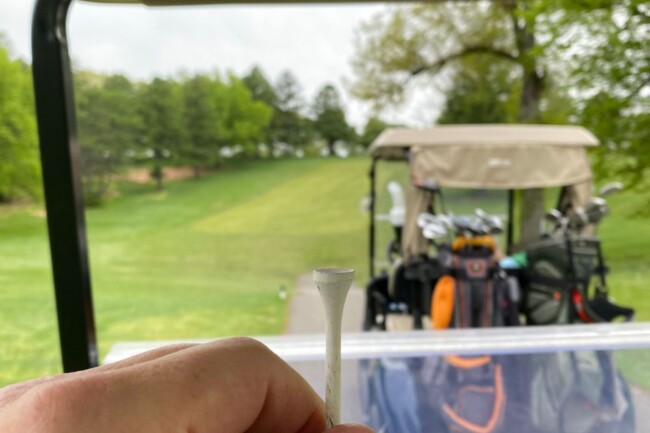As the weather warms and you hit the links, make sure to thank the Hobokenite whose tee you’re using — because the modern golf tee was invented by Hoboken’s own, William Lowell. Before William, the most common practice for teeing a golf ball was to rest the ball atop a mound of sand and water. Though others tried to perfect the golf tee, William’s simplicity of form and design — coupled with his marketing prowess — made his tee the prototype that all golf tees have followed ever since. Read on for more about Hoboken’s own William Lowell, the inventor of the modern golf tee.
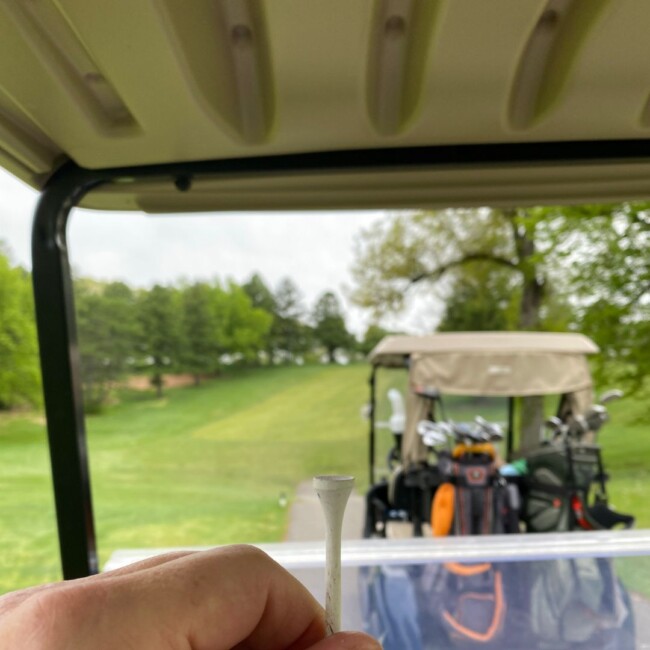
Grip it + Rip it: William’s Hoboken Connections
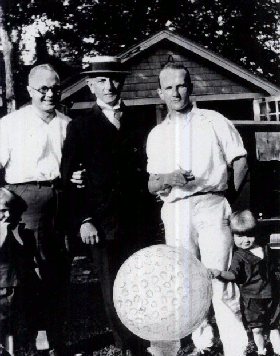
Census records show that William “Lowell” was born in Hoboken in 1863 — as William “Lowenthal” – and grew up in his family home at 219 Hudson Street (currently the location of Municipal Parking Garage D).

^ 219 Hudson Street
At this address, William studied and became a dentist — an occupation that would unexpectedly contribute to the creation of the modern golf tee. By 1901, the Lowenthal family moved to 611 Hudson Street, until their move to South Orange around 1905.
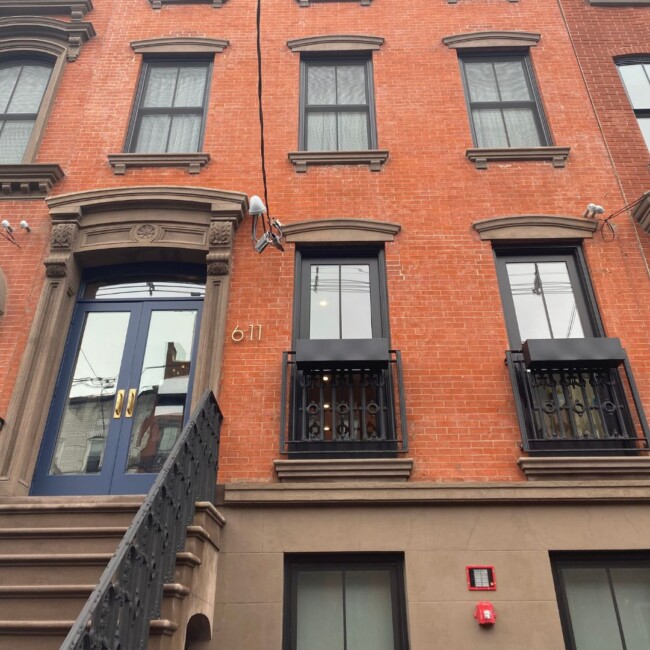
^ 611 Hudson Street
By 1920, the Lowenthal’s Americanized their name to “Lowell,” and by the time William filed the patent for his golf tee, he was living at 12 Lenox Place in Maplewood, NJ.
Read More: This Hoboken Titanic Survivor Went on To Star in The First Movie About the Ship
Fore! A Short History of the Golf Tee
Before William produced the prototype of the “modern” golf tee, many others fashioned and patented various types of tees. Golf dates back to the 15th Century in Scotland, and the first golf tee was (not surprisingly) invented by two Scots, William Bloxsom and Arthur Douglas, in 1889.
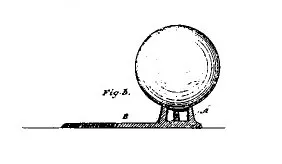
^ Bloxon/Douglas tee patent 1889
Yet their design had several flaws. Firstly, the tee was large and inconvenient. Most bothersome was the ball’s propensity to fall off the tee. These deficiencies lead the English golfer, Percy Ellis, to invent the “Perfectum” in 1892 — which also added a “peg” to the tee, allowing further stability.
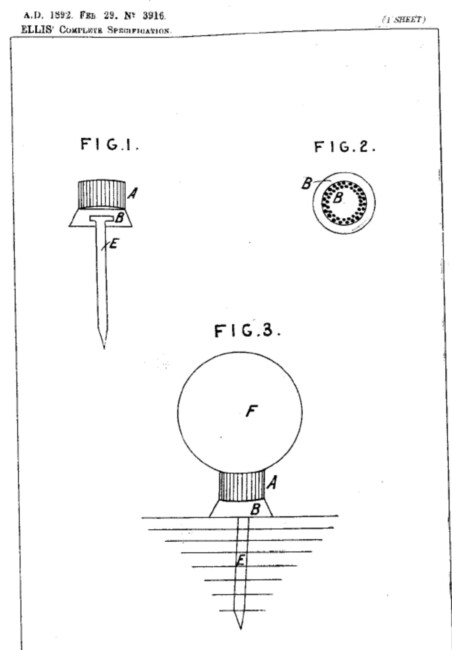
^ Percy Ellis “Perfectum” tee patent 1892
Another early tee designer was George Franklin Grant — the first African-American professor at Harvard and coincidentally (like William Lowell Sr.) a fellow dentist.
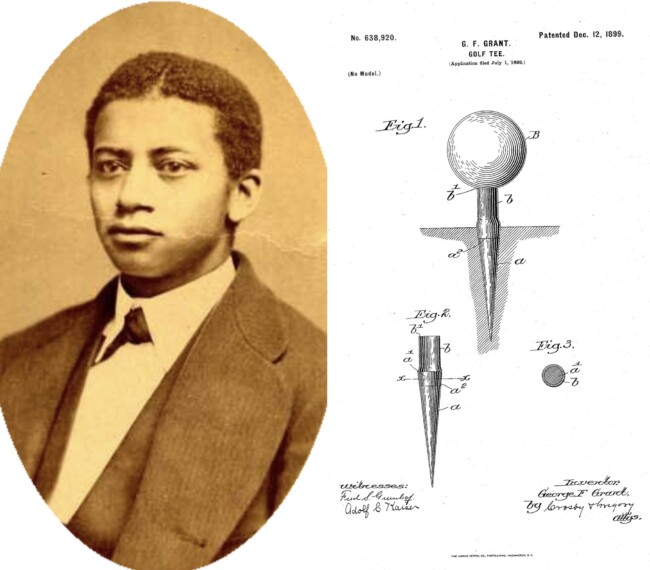
^ George Franklin Grant + his tee patent, 1899
George’s design added a rubber tube to the wooden peg providing a flexible ball rest. Though his tee was patented in 1899, George neither sold nor promoted his tee, and therefore it went unnoticed by the golfing community at large.
A Hole in One at the Maplewood Country Club
It was at the Maplewood Country Club where Dr. Lowell first took up golf at the age of 59. Unhappy with the prevailing and messy tee-method of using sand and water, William sat in his South Orange dentist’s office, pondering how to keep his clothes from becoming soiled while golfing. He picked up his dental tools and began to whittle a golf tee from gutta-percha — a material used to make false teeth (as well as golf balls). He found the gutta-percha material was not strong enough, and so he whittled another tee from a flagstick and brought the prototype to a woodworker to replicate the dimensions of his tee.
William initially issued a run of 5000 white birch tees, colored green, but he soon realized the green tees became lost within the grass. For his second release, William painted the tees red, which dually served as a marketing tool — for he called his new product “Reddy Tees.”
At first, William’s tees were not very popular, that is until professional golfer Walter Hagen began using them during his 1922 tour — receiving a $1500 endorsement to do so.
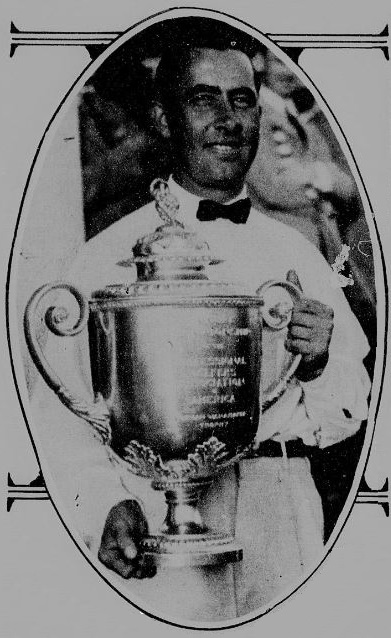
^ Walter Haven, 1921 PGA Champion
Walter stuck the red tees behind his ears, used them at each tee-off, and left them at each tee box. He recalled the immediate frenzy brought on by his seal of approval: “Kids scrambled on the course grabbing them as souvenirs.”
Collecting discarded tees became so popular, organizers were forced to rope off tee boxes and fairways to prevent crowds from charging at golfers to collect used tees. The hysteria for collecting Reddy Tees prompted the use of gallery ropes to control spectators for the first time in U.S. golf history.
Although William filed the patent for “Reddy Tees” in 1925, he’d already signed a deal with A. G. Spalding Company in 1922, so by the time he actually received the patent, he was already selling $100,000 worth of tees.
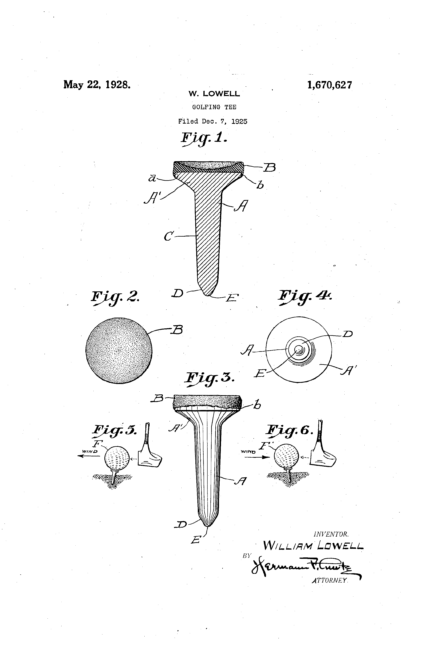
^ William Lowell’s tee patent
Around this time, William also upgraded the material of his tees from wood to celluloid. Unfortunately, as early as 1926, William was plagued by copycat versions of his tee which flooded the market, and he spent much of his time and money perusing violators infringing on his patent.
See More: How a Car Was Named After the Town of Montclair
The 19th Hole
William continued his dentistry practice until his retirement at the age of 77. William’s son, William Lowell Jr., took over the Reddy Tee Company before selling his interest to Red Devil, Inc. in 1933. A lifelong New Jerseyan, William Sr. died at 91 years old on June 24th, 1954, at the Orange Memorial Hospital in East Orange.
Today, an estimated 1.5 billion tees are sold globally each year, all starting from a boy who learned dentistry in Hoboken, New Jersey.

